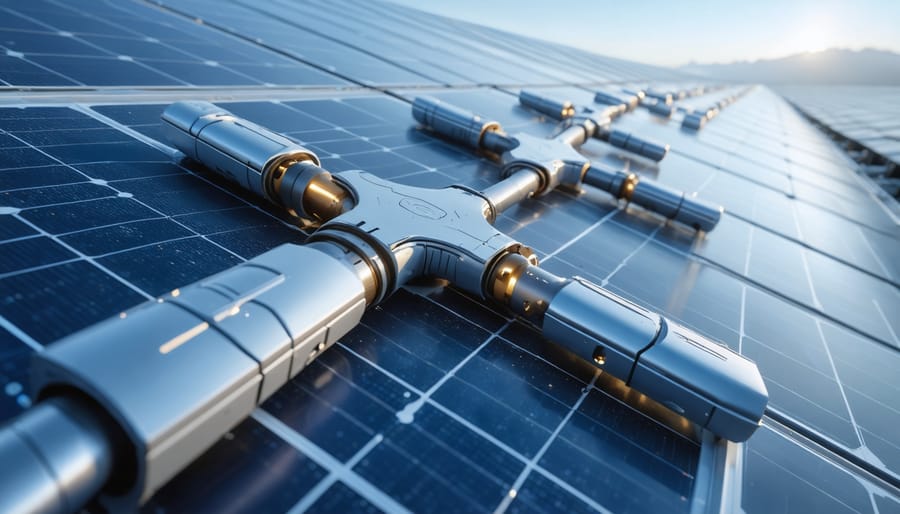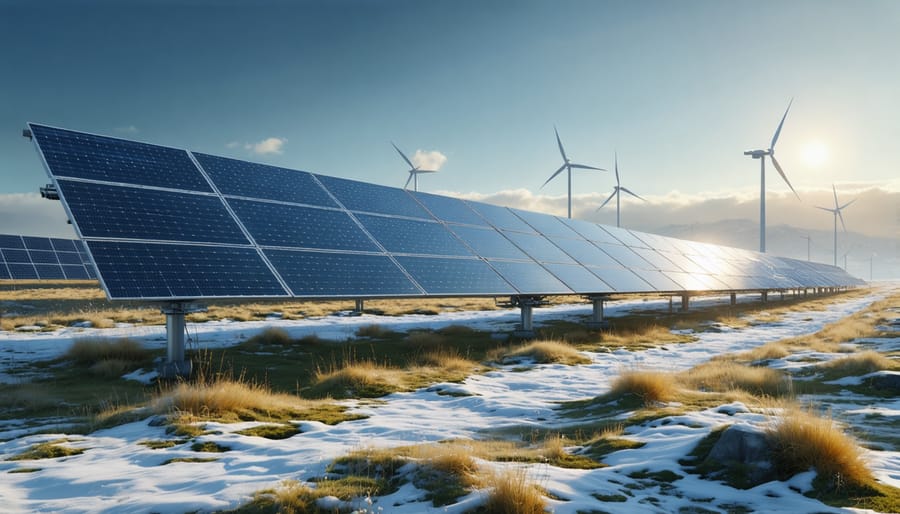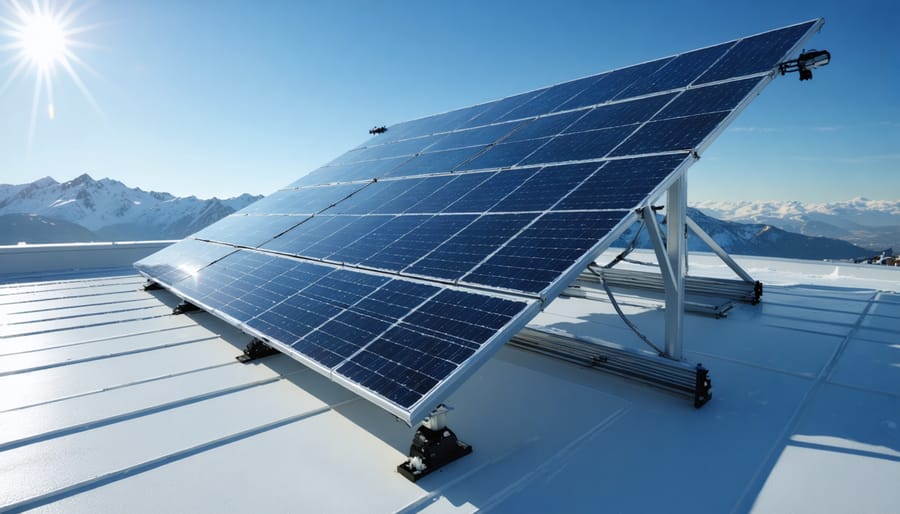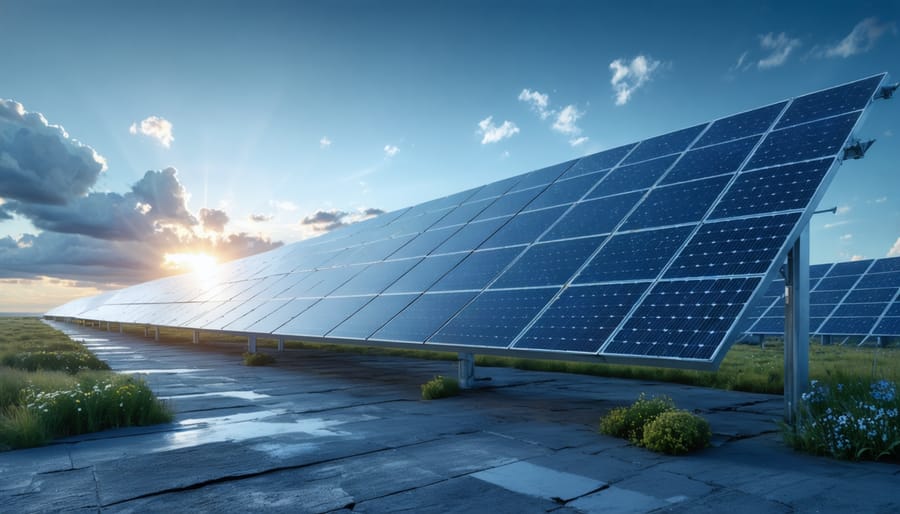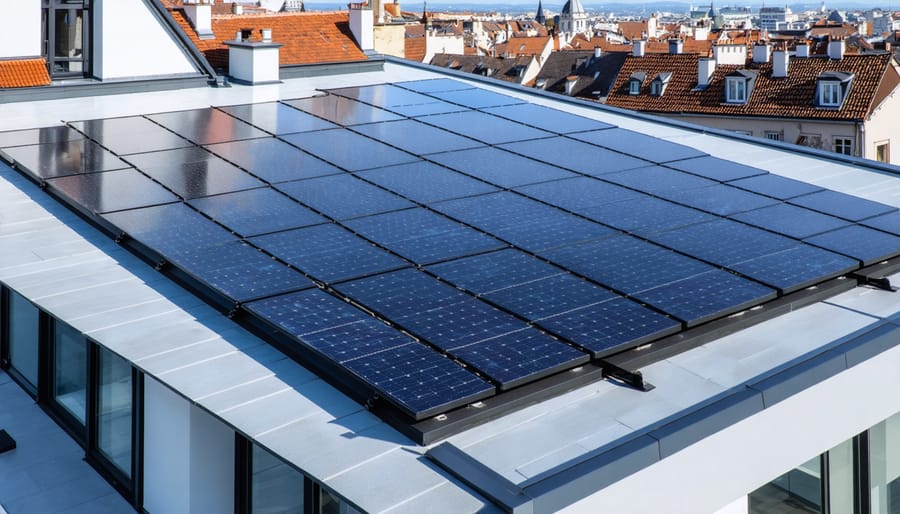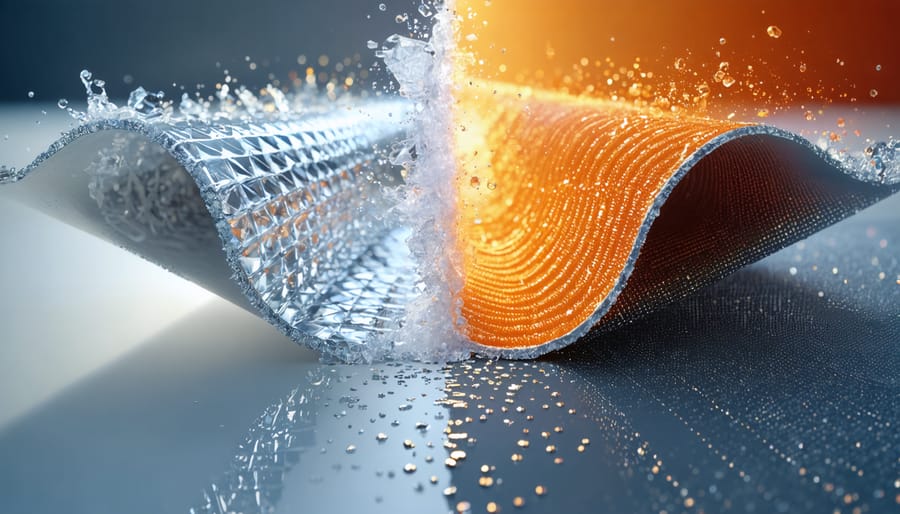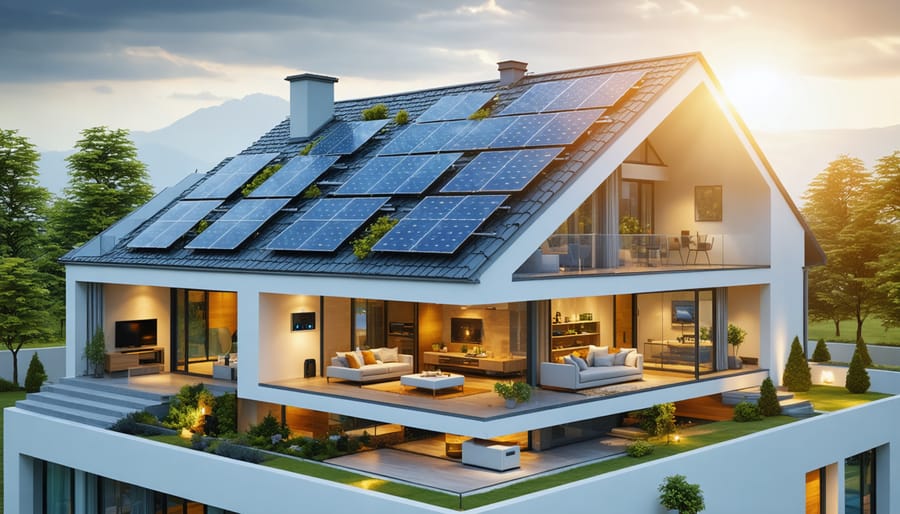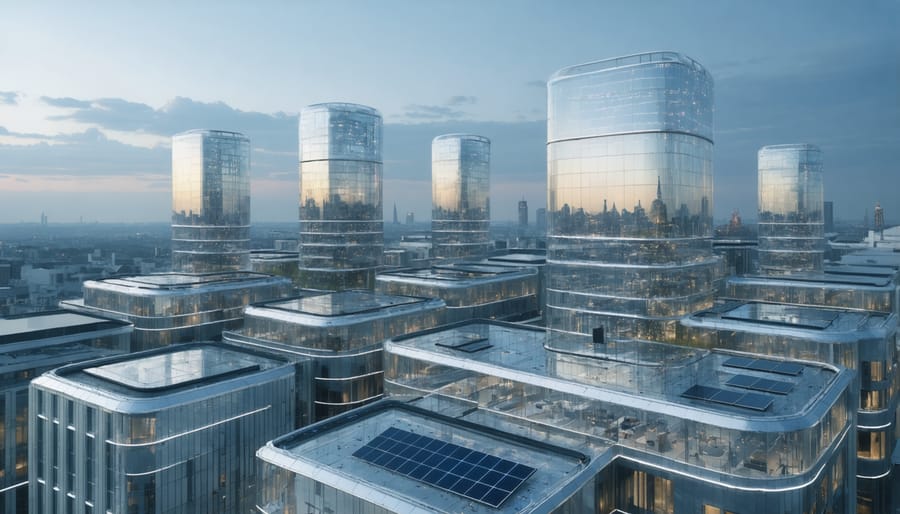Solar panel Y connectors revolutionize the way we harness and distribute solar energy across modern photovoltaic systems. These essential components enable parallel connections between multiple solar panels, maximizing power output while maintaining system flexibility and reliability. By splitting or combining DC current paths, Y connectors serve as crucial integration points in both residential and commercial solar installations throughout Europe, where renewable energy adoption continues to accelerate.
As a fundamental building block in solar array architecture, Y connectors offer installers and system designers the versatility to…
Solar Panel Y Connectors: The Smart Way to Boost Your System’s Output
